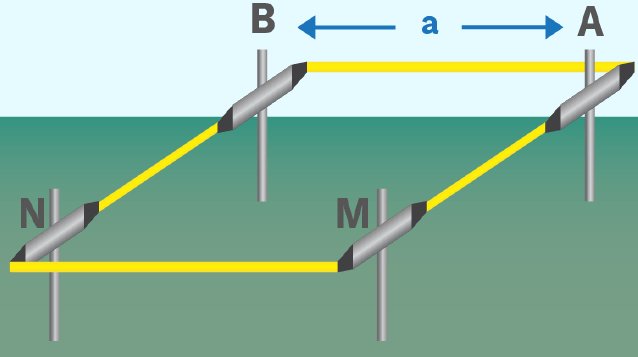Review of top notch electrode arrays for geoelectrical resistivity surveys
Keywords:
electrode arrays, wenner, schlumberger, dipole-dipole, pole-dipole, resistivity surveys.Abstract
The different arrangements of electrodes used in geoelectrical resistivity surveys and measurements are referred to as electrode arrays. In this review, we have revisited most of the widely used electrode arrays as well as the uncommon ones, which are nonetheless, useful in certain situations. This review has provided detailed information about eleven (11) of the top notch electrode arrays employable in our regular resistivity surveys, making it clear that in practice, the arrays that are most commonly used for 2-D imaging surveys are the Wenner, Dipole-Dipole, Wenner-Schlumberger, Pole-Pole and the Pole-Dipole arrays. They have their strengths and weaknesses. They are typically described by their signal-to-noise ratio. Their depth of investigation, ability for lateral location of the target and their mapping abilities of horizontal layers or steeply dipping structures among other factors determine which array to adopt.

Published
How to Cite
Issue
Section
Copyright (c) 2019 Journal of the Nigerian Society of Physical Sciences

This work is licensed under a Creative Commons Attribution 4.0 International License.







